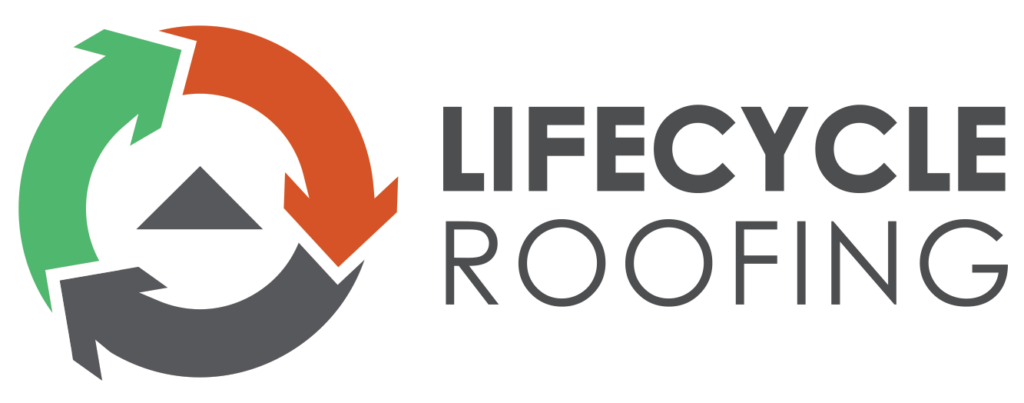Roof Repair
Roof Leak Repair
Your roof is the only thing protecting your biggest investment from the elements, shielding from the wind and keeping out water and snow. If your roof becomes damaged or begins leaking water, that’s a serious issue that should be addressed as soon as possible.
There are a number of ways a roof can get damaged and create leaks into your home. Over the years, wear and tear is to be expected, plus you may encounter missing shingles, blistered or cracked areas. And depending on who installed your roof, improper installation or sub-standard roofing materials could contribute to a leaky roof.
In order to prevent water damage, don’t wait around when your roof is leaking. Give Lifecycle Roofing a call – we’re open 24 hours a day for emergency roof repair services. We’ll figure out the cause of the leak, and work with you on a solution, whether it’s time for simple repairs, restoration, or a complete roof replacement.
Metal Roofs
Corrosion
All types of metal roofs are subject to corrosion from exposure to a combination of water and water-borne pollutants. Protective coatings help to limit the exposure and damage. Any damage to the coating exposes the underlying metal to the elements and accelerates the corrosion process.
Failed Fasteners
Metal roof fasteners are subject to a range of forces that can reduce their effectiveness, including corrosion, wind-induced vibrations, and metal fatigue. If enough fasteners fail or even loosen, wind can lift the panels and separate them from the roof. Workers should replace any failed or damaged fastener.
Failed Seams
Seams on metal roofs can be flush with the roof’s surface, or they can be raised. Any separation of the seam can result in water penetration and increase the risk the wind will lift panels from the roof. Workers must repair all seam deficiencies in order to prevent further damage to the roof.
2 Ply Modified Bituman
Blisters
Blisters are a localized loss of adhesion of the roof membrane from the underlying roofing material. They are most often a result of moisture trapped beneath the roof surface. Small blisters usually can be left alone and monitored.
Fishmouth
A non-adhered area at the exposed lap edge of built-up roof membrane felts due to lack of adhesive or wrinkling of the felt. Failure to correct this problem can leak to moisture getting between the plies and weakening the system.
Ponding
An area of roof where water stands for more than 48 hours after precipitation due to poor drainage and/or deflection of the deck. Moisture on the roof surface can cause degradation of the waterproofing membrane.
Ridging
A raised, typically linear upward distortion of the roof membrane out of the plane of the roof system. Ridging may be due to movement beneath the membrane, unevenness in the substrate other subsurface stresses on the membrane, or due to improper application of the plies. The upward distortion of the membrane places additional stresses on it thus reducing its long-term performance.
Schedule a Free Roof Care Assessment Today!
